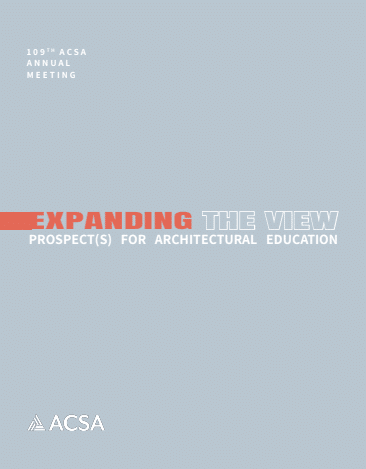Author(s): Alexandra Barker
In the Anthropocene thesis, nature is partly a human creation. Human activity has affected all ecologic, geologic and biological systems, eroding the boundary between human and non-human life and between nature and culture, producing catastrophic impacts on the Earth that have brought us to a point of climate crisis. As recent texts have argued, the current social and health crises are direct resultants of human actions dating back to the time of Western colonization. Human pollution of the global ecosystem has produced the climate crisis. As the pandemic of COVID-19 continues to show, the health of people, animals, ecosystems and the environment are intimately linked. The health crisis has also exposed weaknesses in our global supply chain network for consumer goods. Localizing food and fuel production and storage for easy distribution is a key approach to addressing issues of food and energy insecurity in this context. This graduate architecture studio project proposes additions to and reuse of existing urban infrastructure to locally situate small-scale food and energy production and storage facilities squarely within the dense urban fabric of major metropolitan areas as a retrofit embedded inside existing building fabric within the public realm. Seafood aquaculture, aquaponics, hydroponics, and algae farming processes produce high yields in relatively compact environments without the necessary access to light and space that typical crops require. Oyster aquaculture can produce food as well as seed for filtering oyster beds that are critical for the cleansing of polluted waterways. These programs also provide a source of jobs locally accessible to urban communities. Our test site for this project is a speculative mixed-use addition and alteration to abandoned industrial buildings in Brooklyn’s industrial waterfronts of Red Hook and Sunset Park proposing light manufacturing in combination with public programs. Anamorphic projection techniques in the design process produce specific orientations toward both human and non-human occupants.
https://doi.org/10.35483/ACSA.AM.109.18
Volume Editors
ISBN
978-1-944214-37-1

 Study Architecture
Study Architecture  ProPEL
ProPEL 
